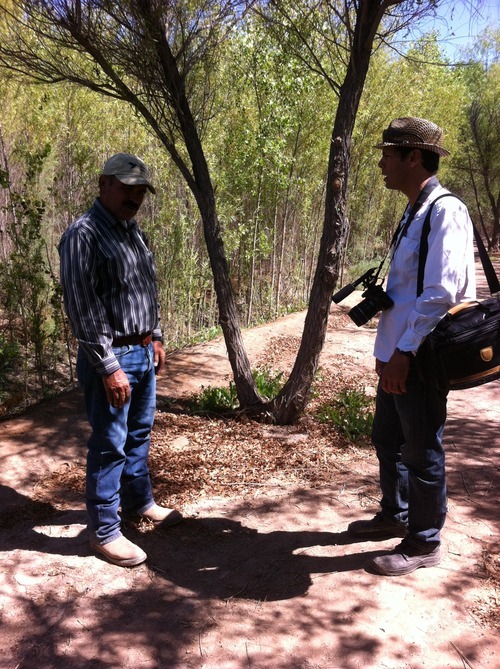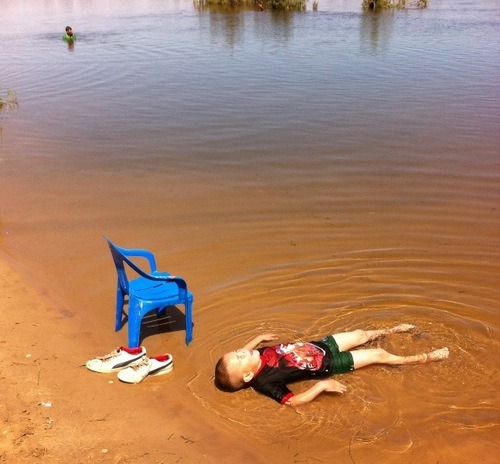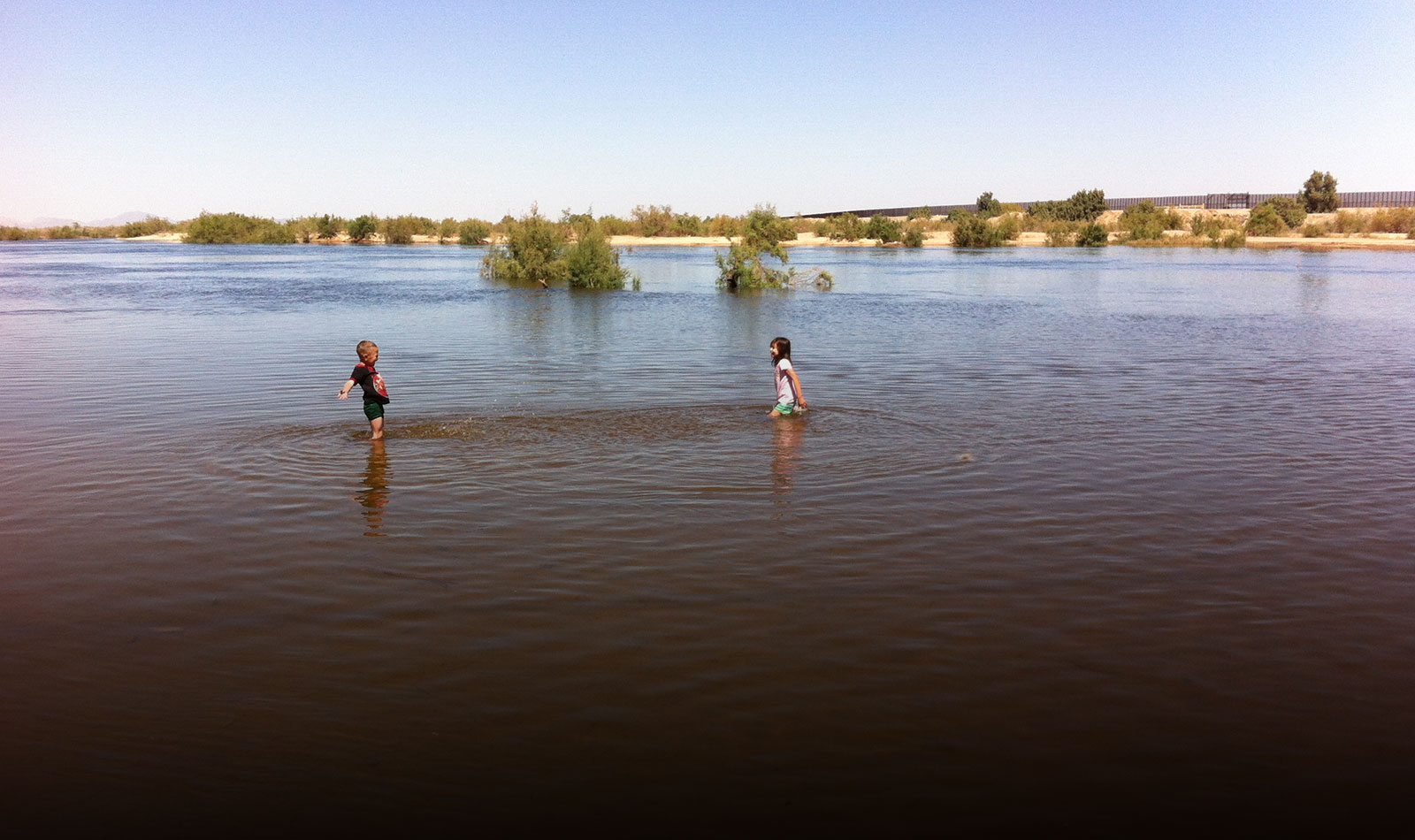This is the first post of a 5-part blog series on the Colorado River pulse flow, written by Cesar Angulo and commissioned by Environmental Defense Fund. Cesar is an environmental journalist; he founded and directs bionero.org, an independent blog, and graduated with a Bachelor of Communication Sciences from UABC-Mexicali. The series was originally written in Spanish and translated into English.

This is an historic moment: the flow of water running through the original channel of the Colorado River Delta—a flow that has been diverted for years for use by agriculture, cities and industries, and in consequence has neglected the riparian ecosystem and the delta.
This “pulse flow” of water into the last portion of the Colorado River passing through Mexico will benefit a riparian ecosystem that has suffered from a lack of water in recent years. All of this has been made possible through the cooperative effort of environmental organizations that have worked at least 15 years in both Mexico and the United States to achieve recognition of the ecosystem as a warranted recipient of Colorado River water.
The signing of Minute 319 in 2012 by U.S. and Mexican representatives from the International Boundary and Water Commission resulted in the initial delivery.
On March 23, 2014, 105,392 acre-feet of water were released at Morelos Dam to provide environmental benefits to the last and final stretch of the Colorado River Delta.
The stipulated environmental flows in Minute 319 include both the pulse flow and “base flows.” The pulse flow will end on May 18, 2014, but the base flow consists of an additional 52,696 acre-feet to be delivered over a longer period of time. Water for the pulse flow and base flows are being provided by non-governmental organizations through the Delta Water Trust.
It is expected that the base flow and pulse flow will help restore approximately 950 acres of habitat, allowing seedling germination of native trees such as willows and poplars, and bringing water to support tree growth.
For me, there is also a personal significance to seeing water return to the river delta.
 [A boy in San Luis Rio Colorado sees the river for the first time when his family goes to picnic by the river after the release of the pulse flow]
[A boy in San Luis Rio Colorado sees the river for the first time when his family goes to picnic by the river after the release of the pulse flow]
I was born in San Luis Rio Colorado, and in my childhood and adolescence it was common for my family to enjoy trips to the Colorado River during the spring. At that time, the river would carry water for several months. But upon reaching adulthood in the ’90s, we stopped enjoying our trips to the river because there was no water.
In the late ’90s, when I began my career as an environmental journalist, I had the opportunity to tour the lower Colorado River from Hoover Dam down to the dwindled delta. I was greatly impressed by the dam, but it starkly contrasted with the amount of water in the river in Mexico.
The Colorado River pulse flow represents the definite success of the push led by environmental groups, scientists and citizens over the least 15 years to consider the environment as another aspect of the services provided by the river. It is a matter of environmental justice for the people and communities in the delta, but also for the major players in this story—the flora and fauna—who have no voice.

